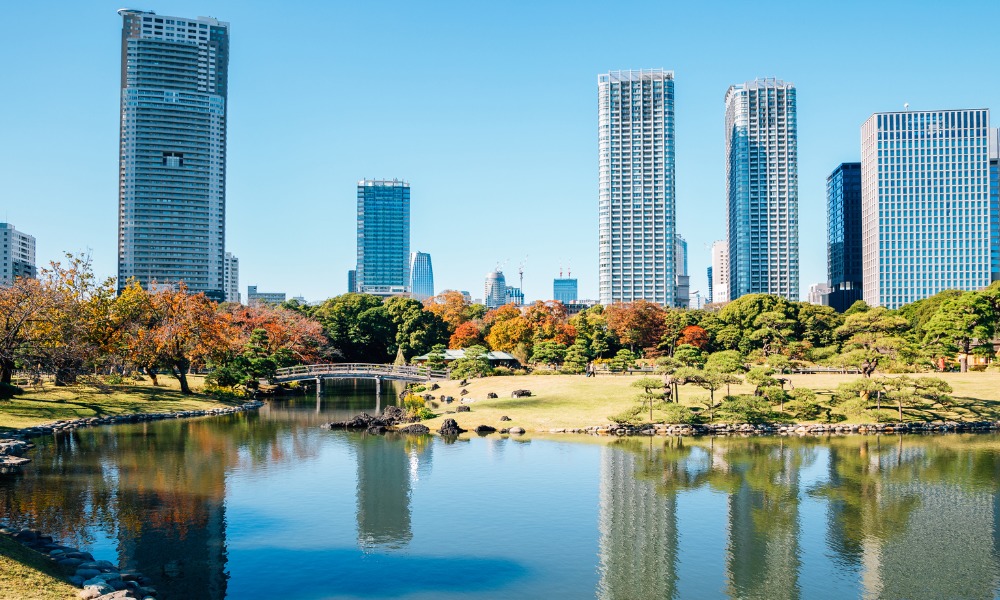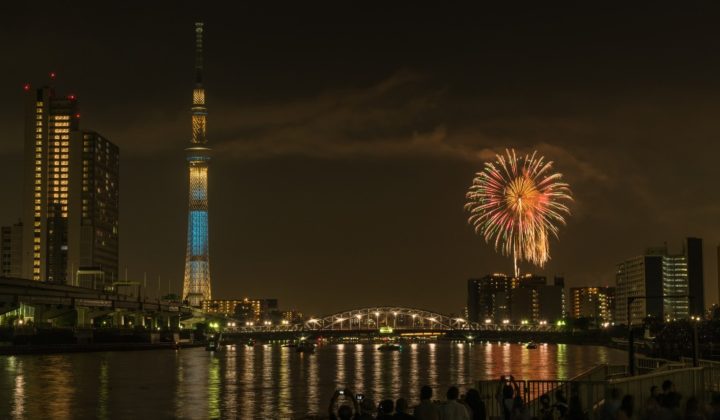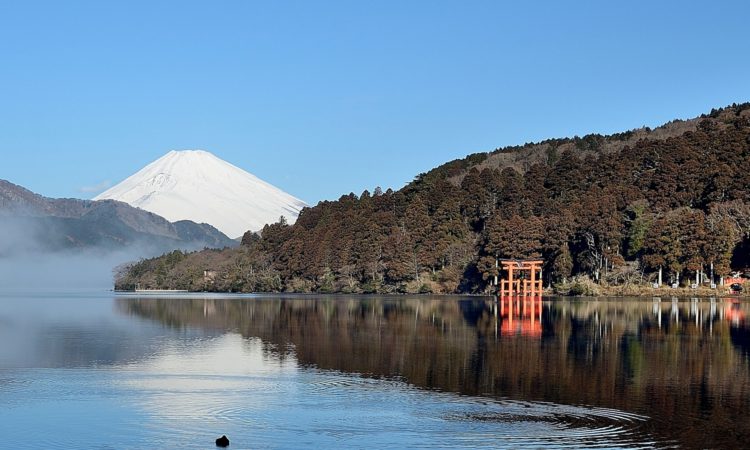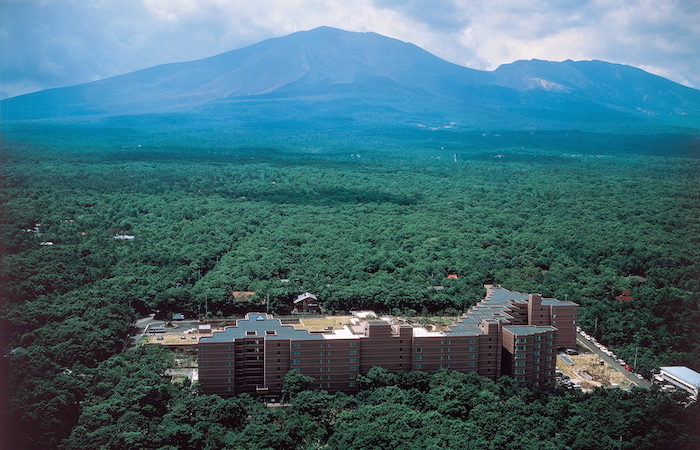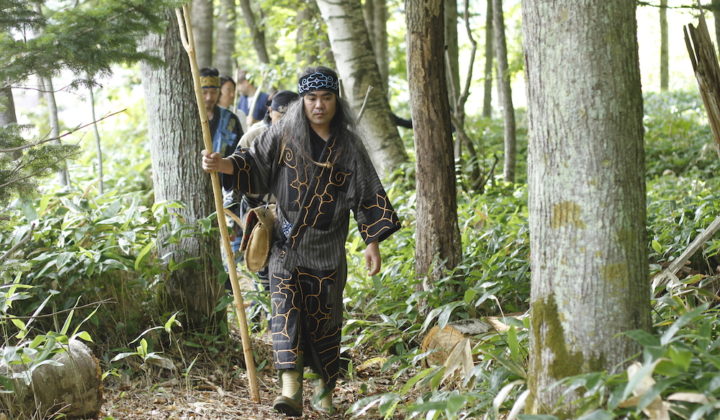Autumn in Japan offers a breathtaking display of vibrant foliage, making it an ideal time to visit. However, many renowned locations tend to get overcrowded during this season. Thankfully, serene spots exist where you can relish the beauty of fall colors without all the hustle.
Our Autumn Favorites to Avoid the Crowds
Discover our selection of not-so-crowded spots to visit this autumn in Japan.
Mejiro Garden, Tokyo
A great place off the beaten path to experience Tokyo’s autumn foliage is Mejiro Garden in Toshima Ward. This ward park is particularly renowned for its enchanting nighttime illumination that starts in late autumn.
Established in November 1990, the Toshima Municipal Mejiro Garden serves as an oasis of nature and cultural heritage amidst Toshima City’s urbanization and internationalization. This traditional Japanese garden centers around a spacious pond encircled by pathways.
The garden boasts an array of seasonal blooms, complemented by notable structures like the Akatori-an, a single-story wooden building with a tiled roof, and the Rokkaku Ukikimidou, an elegant wooden sukiya-style building. These features offer diverse vantage points to appreciate the garden.
Step into Mejiro Garden to savor a tranquil escape from the city’s hustle.
Find it on Google Maps
Takayama, Gifu
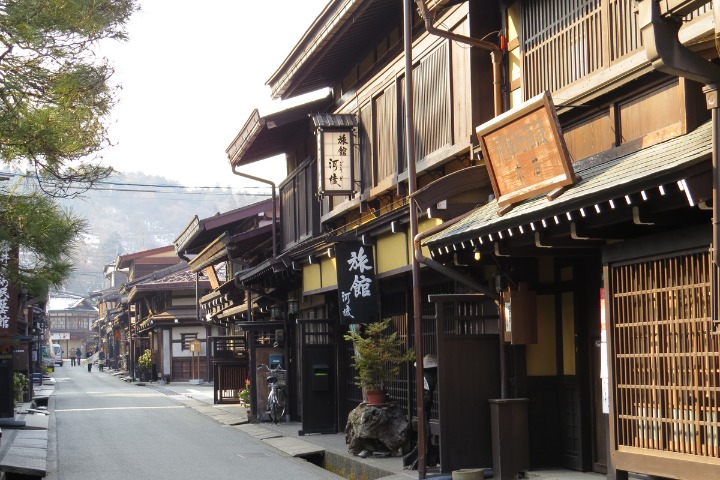
Photo credits: Canva.com
Takayama, located in Gifu Prefecture, is a charming and historic city nestled in the Japanese Alps. Known for its preserved Edo-period streets, traditional wooden houses, and vibrant festivals, Takayama offers a serene and culturally rich experience away from the hustle of larger cities.
Takayama’s Old Town is a highlight, with narrow streets lined with well-preserved buildings, sake breweries, craft shops, and traditional tea houses. It’s a great place to immerse yourself in the city’s historical ambiance.
If your timing is right, the Takayama Festivals (held in spring and autumn) are a sight to behold. Elaborate floats are paraded through the streets in a celebration of local culture.
Takayama’s smaller size and relatively fewer tourists compared to major cities make it an ideal place to explore at a leisurely pace. The city is particularly attractive during the autumn foliage season and in the spring when cherry blossoms bloom. The quieter atmosphere allows visitors to truly appreciate its historical charm, local cuisine, and the warmth of its people.
Find it on Google Maps
Hamarikyu Gardens, Tokyo
Hamarikyu Gardens, located in the heart of Tokyo, is a serene and historic oasis that offers a peaceful escape from the bustling city. This traditional Japanese garden combines nature, history, and tranquility, making it an ideal spot to visit, especially during the autumn season.
Originally built during the Edo period as a tidal pond used for duck hunting, Hamarikyu later became a detached residence of the Tokugawa shogunate.
Today, it stands as a beautifully landscaped garden that seamlessly marries traditional Japanese aesthetics with modern city life.
The gardens feature a central seawater pond that changes its water level with the tides of Tokyo Bay. This unique feature reflects the traditional concept of “Shiori” (saltwater pond), where seawater is intentionally introduced into the pond during high tide.
The garden’s meticulously designed pathways, teahouses, and picturesque bridges harmonize with the seasonal colors of cherry blossoms in spring and vibrant foliage in autumn.
Hamarikyu Gardens also offer traditional teahouses where visitors can experience a traditional tea ceremony while enjoying panoramic views of the garden’s landscape. The Nakajima-no-ochaya teahouse is particularly popular for its charming location on an island within the pond.
Despite being located in a busy area of Tokyo, Hamarikyu Gardens exude a sense of tranquility and calm. It’s an excellent place for a stroll, photography, or simply finding a quiet bench to enjoy the scenery. The gardens’ blend of nature and historical significance makes it a must-visit destination for both locals and tourists looking to experience Tokyo’s cultural and natural beauty.
Find it on Google Maps
Yamashita Park, Yokohama
Yamashita Park Avenue is a favorite haunt for both locals and tourists. Its coastal location makes it perfect for a leisurely drive with the refreshing sea breeze. Stretching about 800 meters from the Kaiko-hiroba intersection to the Yamashita-bashi intersection, the avenue is adorned with ginkgo trees, creating a stunning autumn landscape.
Yamashita Park stands as Yokohama’s most iconic park, with a remarkable backstory of rebirth from the aftermath of the Great Kanto Earthquake. Established in 1930, this park holds a special place in the city’s history and heart. Born from a four-year reclamation effort, the area was filled with high-quality soil to shape the park, while what’s now the sunken flowerbeds once served as a boatyard. After its initial creation, the park continued to evolve, surviving wartime challenges and even U.S. military occupancy. Today’s Yamashita Park emerged in 1961 after post-war redevelopment.
Over time, the park expanded, gaining an underground parking lot and upper park, and in 1988, it welcomed a new facet: a world plaza designed by Sakakura Sekkei, the architect of Ningyo no Ie (Doll’s House).
Find it on Google Maps
Musashi Kyuryo National Government Park, Saitama
The inception of Musashi-Kyuryo National Government Park marks a tribute to the Meiji era’s 100-year anniversary. Situated over a vast 304-hectare hilly terrain spanning Hiki district, Namegawa town, and Yagii in Saitama Prefecture, it stands as Japan’s inaugural national park.
While lush wooded sections characterize the park, its landscape is incredibly diverse, and is home to a surprisingly varied array of flora and fauna – let’s not forget we are still in Tokyo! Amid urban surroundings, the park stands out as a unique haven, offering a genuine connection to nature that’s hard to find elsewhere.
The park offers a wide range of activities to enjoy, from cycling to walking courses to beautiful plants and wildlife to admire and facilities for kids and families.
On the official website, you can also find and download maps for different courses, with useful directions to enjoy your time at the park at best depending on what you like doing.
Find it on Google Maps
Lake Chūzenji, Tochigi
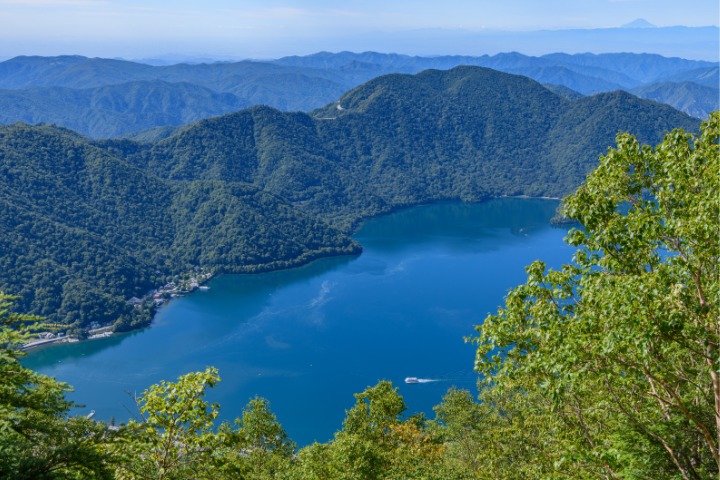
Photo credits: Canva.com
Lake Chūzenji is a picturesque crater lake located in the mountains of Nikko National Park in Tochigi Prefecture, Japan. It’s situated at an elevation of approximately 1,269 meters (4,163 feet) above sea level, making it a popular destination for both nature enthusiasts and travelers seeking respite from the city.
The lake was formed about 20,000 years ago due to a volcanic eruption and is surrounded by lush forests and mountains, creating a serene atmosphere. Its stunning beauty is particularly striking during the autumn months when the foliage transforms into vibrant shades of red, orange, and gold.
One of the lake’s main attractions is Chūzenji Temple, located on its eastern shore. The temple offers a panoramic view of the lake and the surrounding landscape. Additionally, the Kegon Falls, one of Japan’s most famous waterfalls, flows into Lake Chūzenji, adding to its natural splendor.
Lake Chūzenji is a hub for various outdoor activities. Boating and fishing are popular in the warmer months, while the surrounding area offers hiking trails that lead to stunning viewpoints and waterfalls. The beauty of the lake and its surroundings has long attracted visitors, including foreign diplomats during Japan’s Meiji era.
The best time to visit Lake Chūzenji is during the autumn foliage season, from late September to early November when the area is awash with brilliant fall colors. This period is perfect for scenic walks, boat rides, and enjoying the reflection of the surrounding mountains on the tranquil waters of the lake.
Whether you’re seeking natural beauty, outdoor activities, or a serene retreat, Lake Chūzenji offers an idyllic escape from the urban hustle, providing a breathtaking setting that captures the essence of Japanese landscapes and culture.
If you want to experience nature at its fullest, try spending the night on one of the campsites around the lake to wake up to the peaceful view of the calm water in the early morning.
Find it on Google Maps
Discover Japan’s Autumn Gems Away from the Crowds
Avoid the crowds and enjoy Japan’s autumn beauty in these lesser-known spots. Relax in the midst of nature’s magnificence.
Related articles:
- National Park Guide: A Window Into Japan’s Precious Heritage
- The 5 Best Sunset Locations to Enjoy During Autumn in Japan
- Autumn in Japan: 5 Fall Events & Activities to Experience in Japan
National Park Guide: A Window Into Japan’s Precious Heritage

